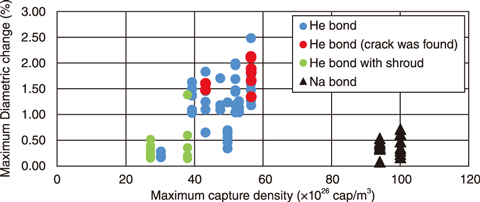
Fig.7-9 (a) Control rod, (b) He-bonded absorber pin, and (c) Na-bonded absorber pin

Fig.7-10 Typical pin diameter change of the (a) He- and (b) Na-bonded absorber pins

Fig.7-11 Maximum diametric change as function of maximum capture density
In a fast reactor, the control rod is used to control the fission reaction, adjust the produced power, and stop the nuclear chain reaction when the reactor is switched off. Boron carbide (B4C) is used as the pellets of control rod. Boron can absorb neutrons, generating helium in a (n,α) reaction. To generate helium in the pellets and high temperature environments in the reactor, the pellets are cracked. The pellet fragments are relocated and the pellets swell. These cause absorber cladding mechanical interaction (ACMI).
Seven absorber pins were installed in the control rod of the fast breeder reactor “Joyo” (Fig.7-9(a)). A He-bonded absorber pin (Fig.7-9(b)) was filled with He gas, which provided a high thermal conductivity between the pellet and cladding. Because of ACMI, the capture density of He-bonded absorber pins are limited to 50×1026 cap/m3.
To prevent ACMI, Na-bonded absorber pins were developed (Fig.7-9(c)). Na-bonded absorber pins are filled with liquid Na to lower the temperature of the pellets, as Na has a thermal conductivity about 900 times greater than does He. The resulting Na-bonded absorber pins demonstrated an expanded gap between the pellets and cladding and a shroud tube covered with pellets.
The Na-bonded absorber pins were irradiated in Joyo to 100×1026 cap/m3 which was twice higher than upper limit of the capture density for He-bonded absorber pins. and then examined. Examples of the resulting pin diameter changes are shown in Figs.7-10 and 7-11. Because the control rods are pulled up in the operation of reactor, the lower part is the highest capture density and temperature. As a result, ACMI are caused in the lower part of the control rods. Although the Na-bonded absorber pins had a larger capture density than did the He-bonded absorber pins, the diameter change and anisotropic of Na-bonded absorber pin (Fig.7-10(b)) was lower than for the He-bonded absorber pin (Fig.7-10(a)). The maximum diametric change of the Na-bonded absorber pins was also lower than the change of the He-bonded absorber pins with or without a shroud tube. (Fig.7-11). Thus, Na-bonded absorber pins were shown to be durable for long-term use.
We will observe shroud tubes and pellets for the development of control rod.